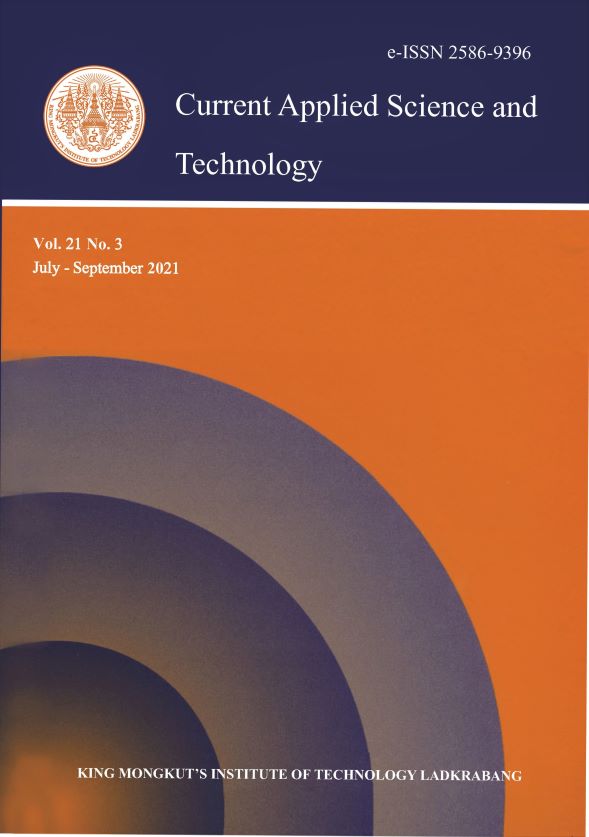The study of the carbon footprint (CF) of agricultural crops provides important information that can help achieve low-carbon agriculture, but there are still very few studies on CF for farmed fruit. This research emphasized CF calculation for mangosteen crops at the farm level. The study was carried out on 55 mangosteen farms that belong to the Tambol Troknong Community Enterprise in the Khlung District of Chanthaburi Province, Thailand. The findings revealed that the product CF average was 1.71 ± 1.38 kg CO2eq/kg, and the farm CF was 15,623.41 ± 16,981.27 kg CO2eq/ha. The total CF was determined from six sources, including the application of substances such as fertilizers (organic and inorganic), pesticide and herbicide, as well as from the use of electricity and fuel. We found that most of the CF was direct emissions from electricity usage, which accounted for as much as 85.33% of the total CF. Thus, this research provides important information on the CF and level of production inputs. We developed guidelines for reducing greenhouse gas emissions from mangosteen production in the area.
Keywords: carbon footprint; life cycle assessment; greenhouse gas emission; GIS; spatial pattern
*Corresponding author: Tel.: (+66) 822313386 Fax: (+66) 38102379
E-mail: narong_p@buu.ac.th
Pleerux*, N. undefined. ., & Aimkuy, N. undefined. . (2021). Carbon Footprint of Mangosteen Farm Level Evaluation in Eastern Thailand. CURRENT APPLIED SCIENCE AND TECHNOLOGY, 419-430.
